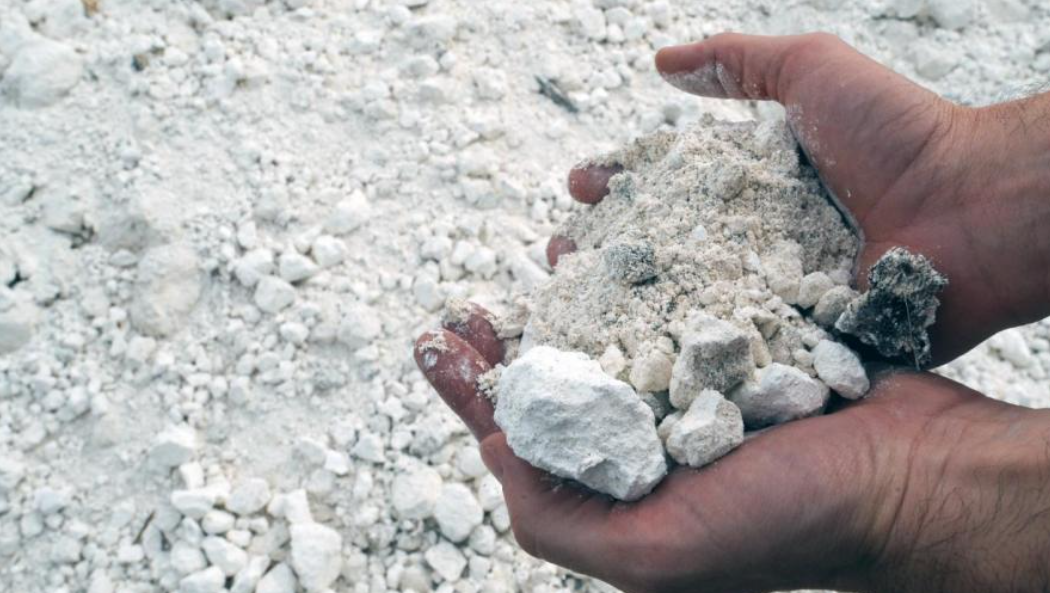Gypsum
What
Gypsum is a calcium sulphate mineral which aids to break up compacted soils including clay soils. It is particularly useful in soils that have a high sodium concentration, such as those receiving industrial wastewater.
The calcium in gypsum aids to flocculate (stick) some of the soil particles together which helps aerate the soil (creates air pockets between the flocculations) and the sulphate induces leaching of excess sodium from the soil. If a soil is a clay soil with limited pores, aerating the soil by adding gypsum will help reduce the amount of contaminants entering waterways through reducing overland flow or pooling in paddocks, as well as providing more oxygen in the soil for plant growth. The calcium in gypsum also helps the soil take in and bind phosphate from organic matter, making gypsum effective at keeping phosphorus in the soil and reducing losses.

Image source: CropLife.*
Why
Gypsum that has been pulverised can be directly added to soil to reap the benefits of creating a better aerated soil and reducing phosphorus losses. Aerating the soil (if it was previously an impermeable soil e.g., clay soil) reduces the amount of runoff over paddocks, decreasing the amount of contaminants delivered to waterways. Contaminant loss to waterways is further decreased by the reduced leaching of phosphorus into groundwater.
For significant mitigation of phosphorus leaching, studies have shown that gypsum needs to be applied at high rates to paddocks. One study found that 1.5 tonne/hectare was not sufficient to reduce phosphorus leaching whereas 5 tonne/hectare was sufficient. The amount of gypsum that needs to be applied to a paddock will depend on the individual soil characteristics, so it is best to get advice on how much gypsum to apply to each of your paddocks from a certified fertiliser advisor.
Due to gypsums ability to reduce surface runoff, it is best to target application to soils which are not well aerated (e.g., clay soils), where runoff or pooling frequently occurs.
Things to consider
Cost of applying enough gypsum to achieve required goals for soil.
Importance of recommended rate of application.
Targeting application to soils where runoff occurs.
References
Brauer, D., Aiken, G. E., Pote, D. H., Livingston, S. J., Norton, L. D., Way, T. R., & Edwards, J. H. (2005). Environmental concerns associated with the land. J. Environ. Qual, 34, 1682-1686.
T. A. Jenkins., & V. Jenkins. (2020). Use of gypsum to reduce effluent and fertiliser nutrient losses to waterways. https://www.gypsum.co.nz/news/use-of-gypsum-to-reduce-effluent-and-fertiliser-nutrient-losses-to-waterways/